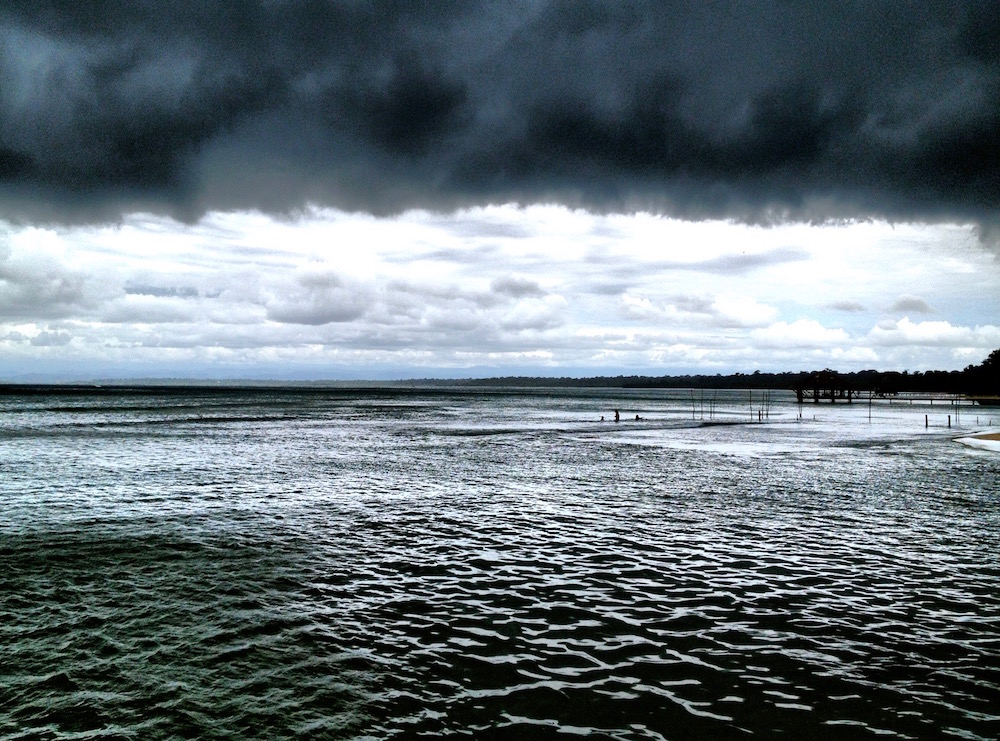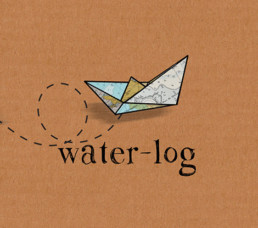I remember when we sailed across the Atlantic ocean and had to get comfortable with seeing lightning out at sea. It’s a rather spooky feeling, seeing those dramatic forks and flashes and remaining calm, knowing that when the sky is clear you can easily see lightning for a hundred miles or more.
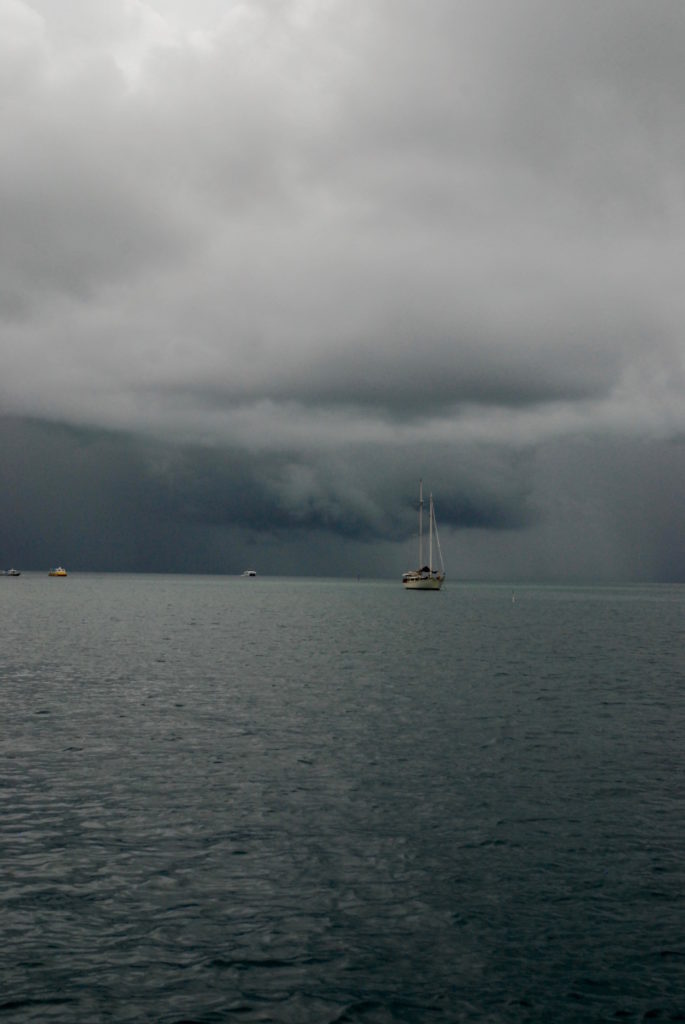
Regular squalls, thunder, lightning and rainstorms are all par for the course of sailing in the tropics. And in no area do you experience more of this than when cruising in equatorial seas. In fact, the northern waters of Papua New Guinea and Indonesia, where we have been for a number of months, have the highest incidence of thunderstorm activity in the world.
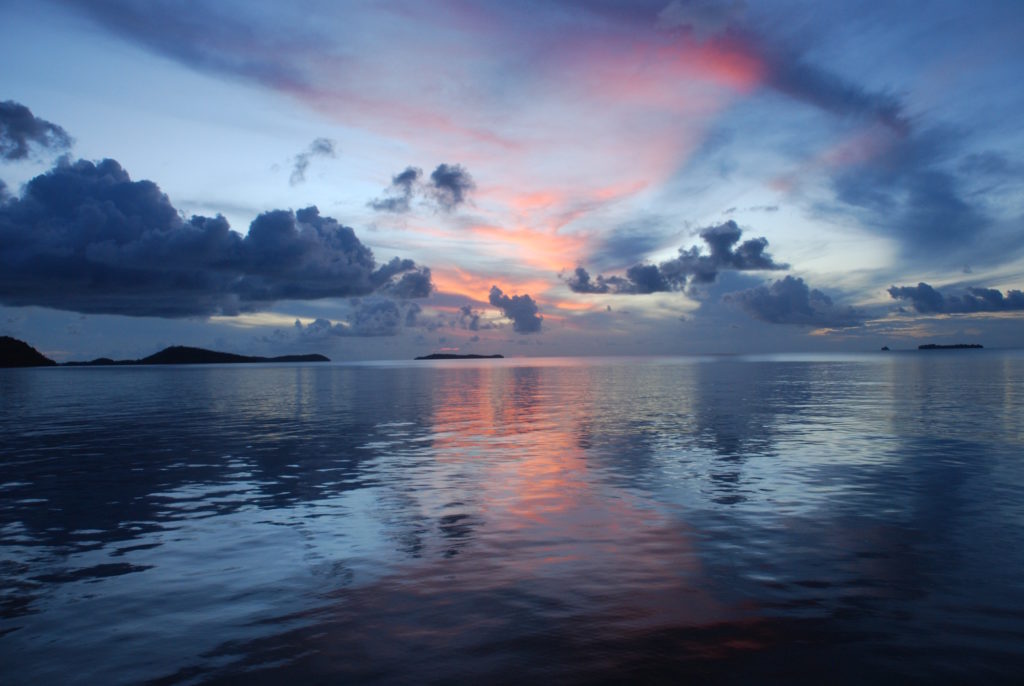
Sometimes it’s a really joyous thing. With no water-maker onboard we relish the bountiful gift of clean, fresh water falling from the sky and rush to put out all our buckets and collect it. At other times it can be full of excitement: perhaps you’re at anchor and checking your ground tackle is well set; or leaping to the aid of another boat if someone is dragging; maybe even needing to change your own yacht’s position to somewhere more comfortable. Or, at sea, you’re struggling to reef down and dramatically reduce your canvas, before the rain and wind kicks in.
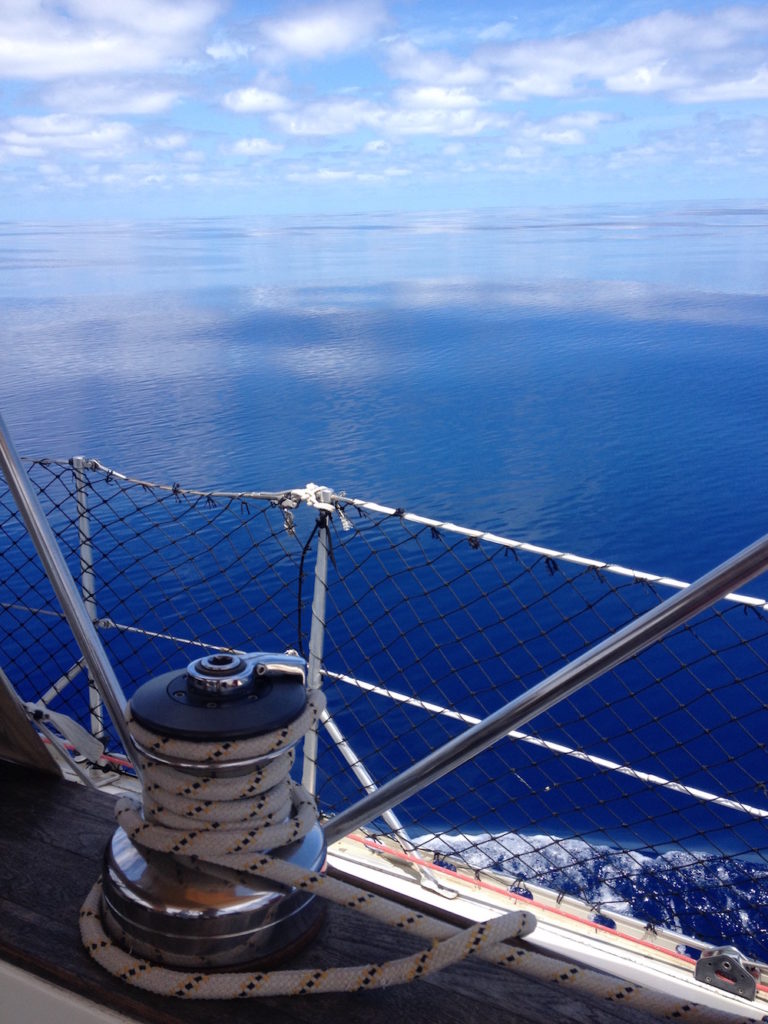
It’s amazing how swiftly a squall can suddenly close in. Often it’s the rush of wind that alerts us first, as the rigging starts to hum and whistle. The sky quickly darkens and a white wall of rain marches rapidly towards us. The crack and low deep rumble of thunder sends the bottom lip of both our children quivering and the constant strobe effect of lightning flashes can make them just as nervous.
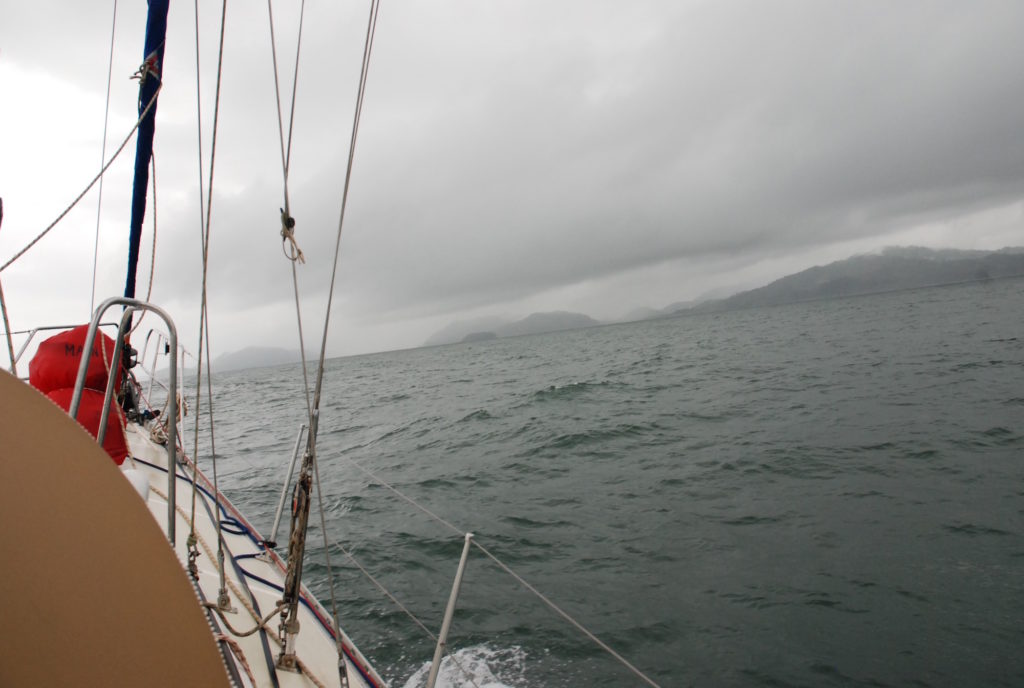
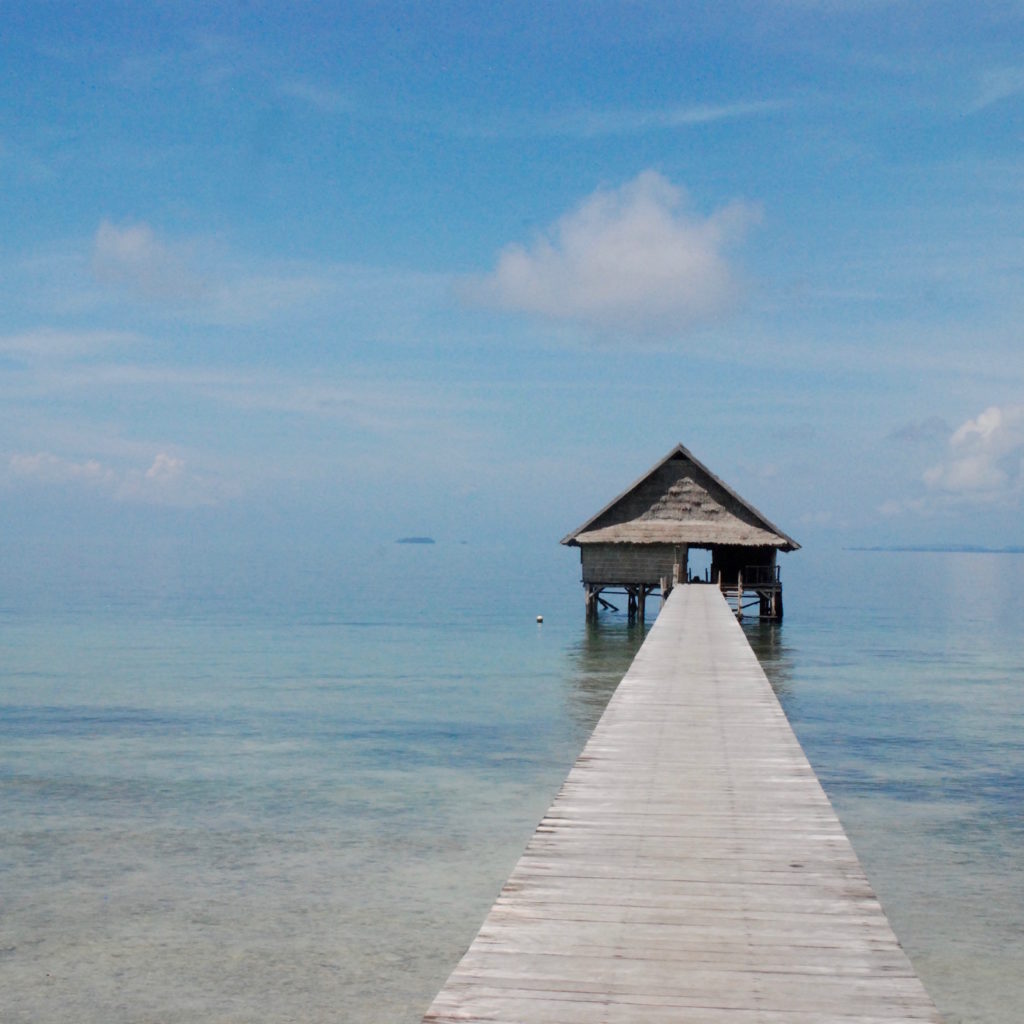
And, just as quickly, the switch is turned off, the sea becomes flat calm again, the sky turns blue and is sprinkled with little puffs of small white cloud, and the line of the horizon shimmers.
But when this happens twice a week, every other day, every single day, or sometimes even several times in one day, you learn to not let it bother you so much.
